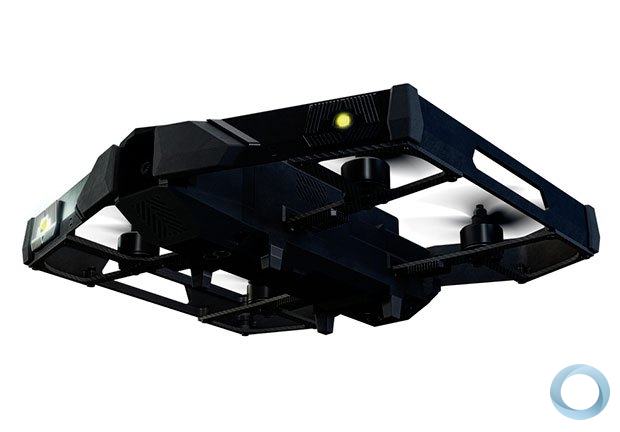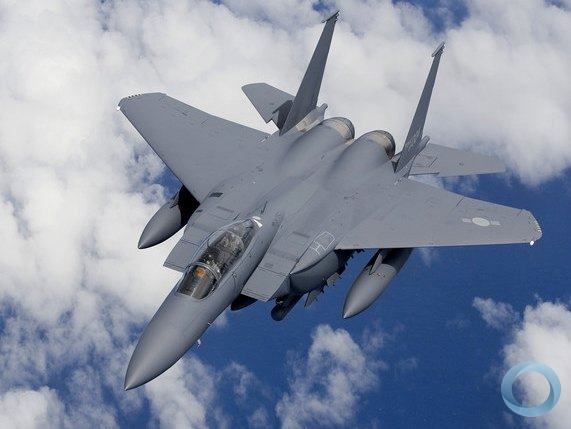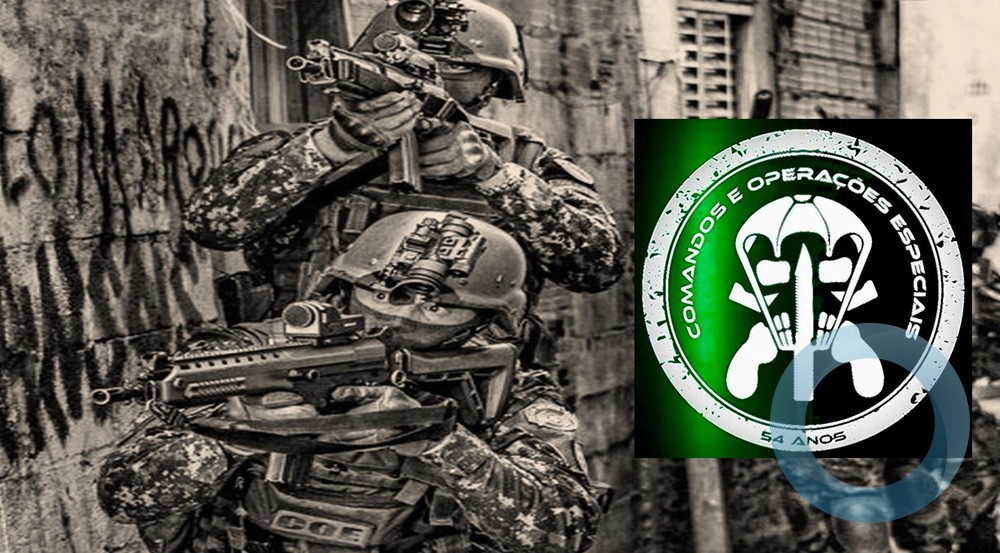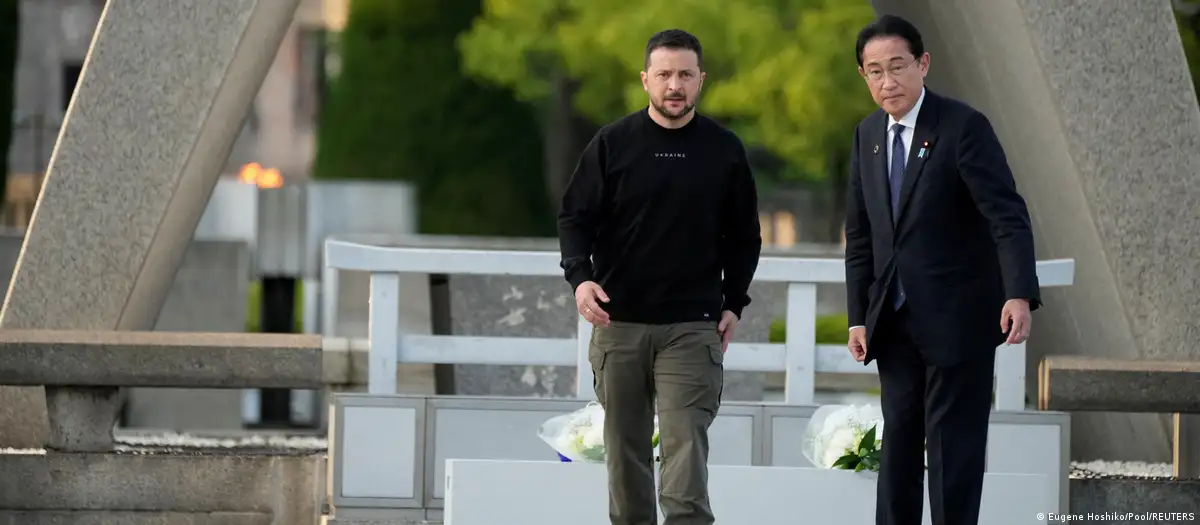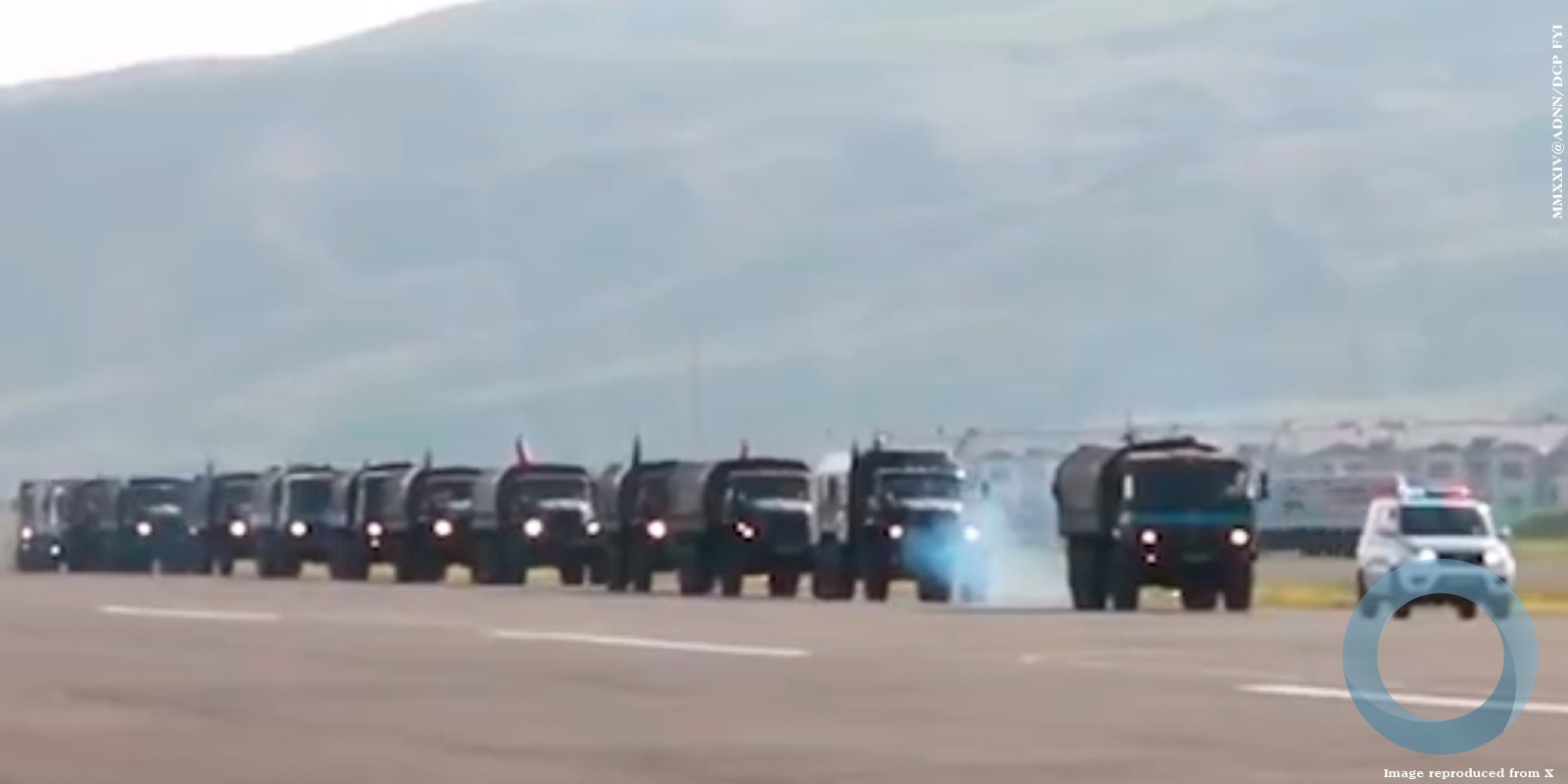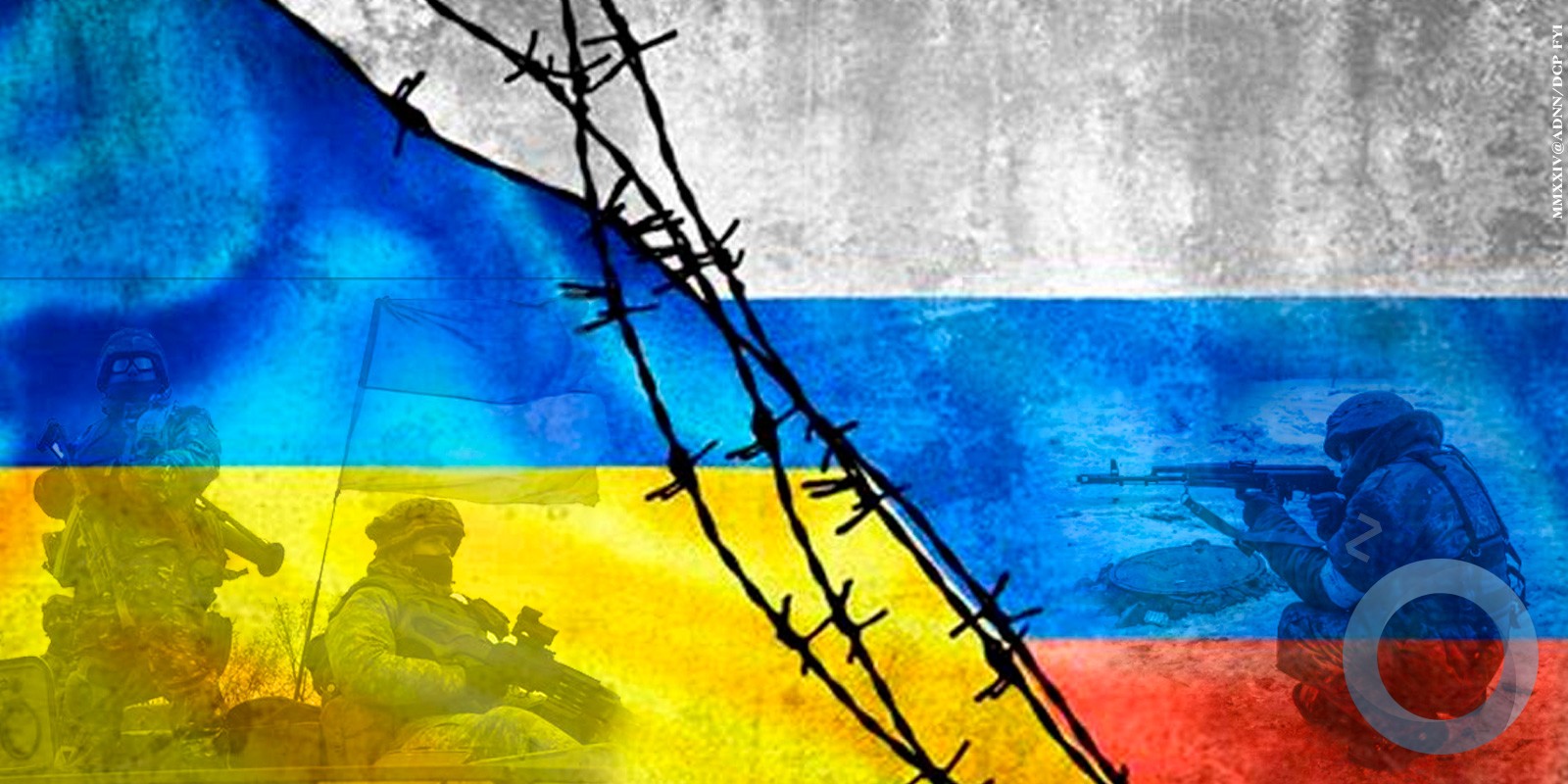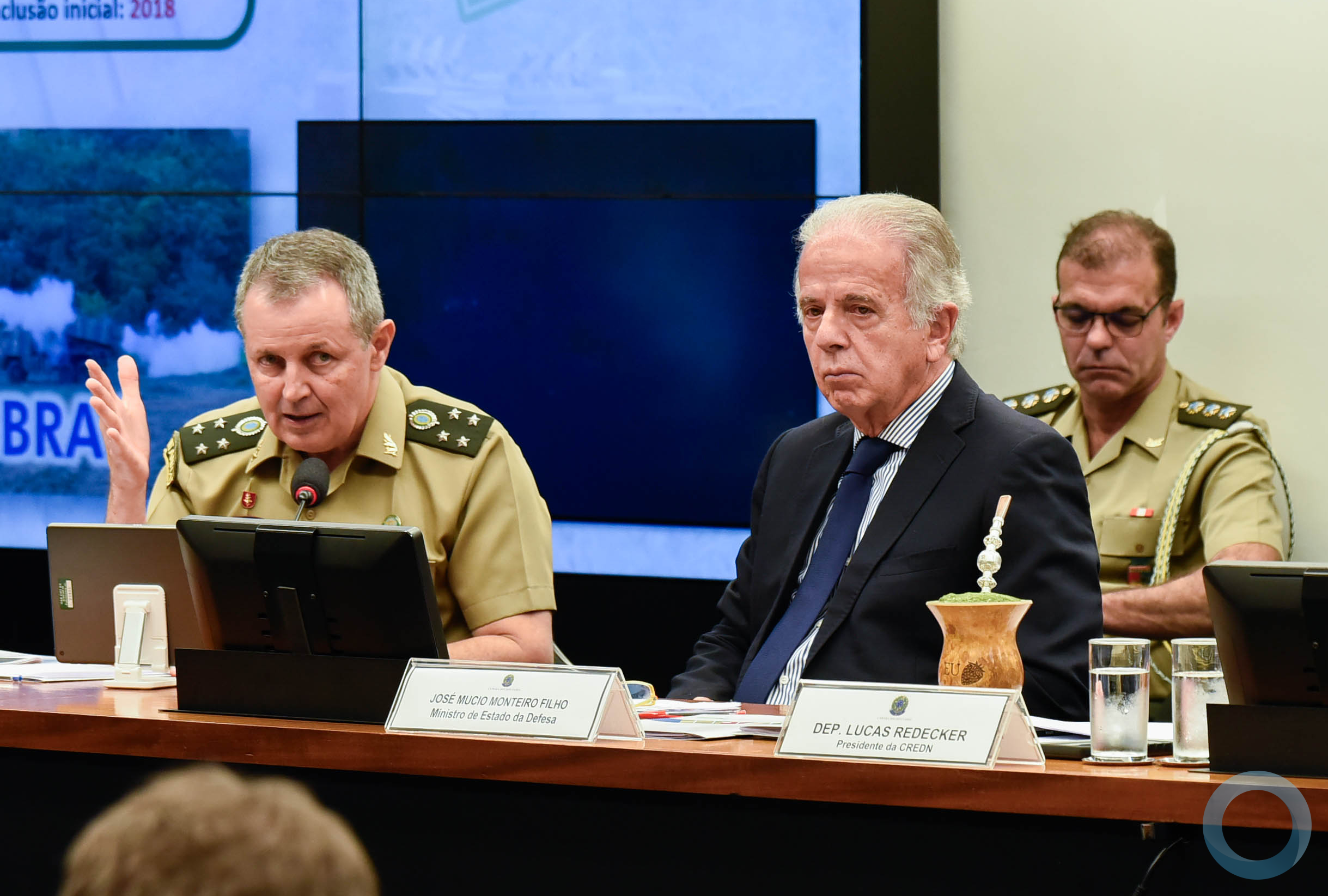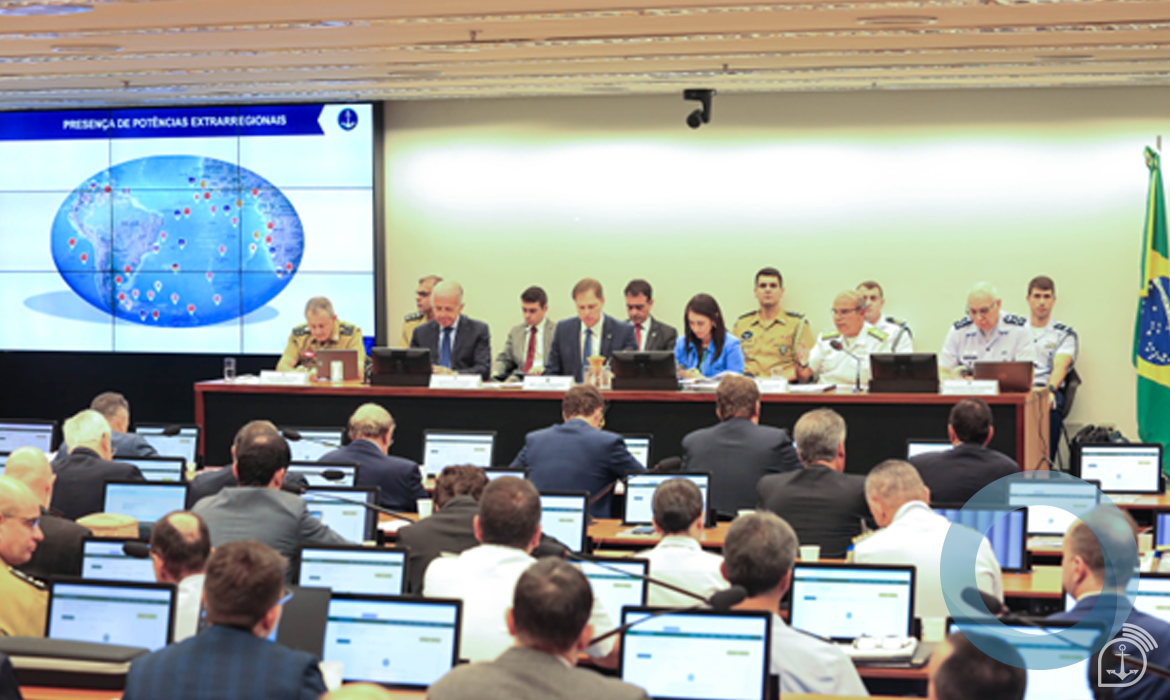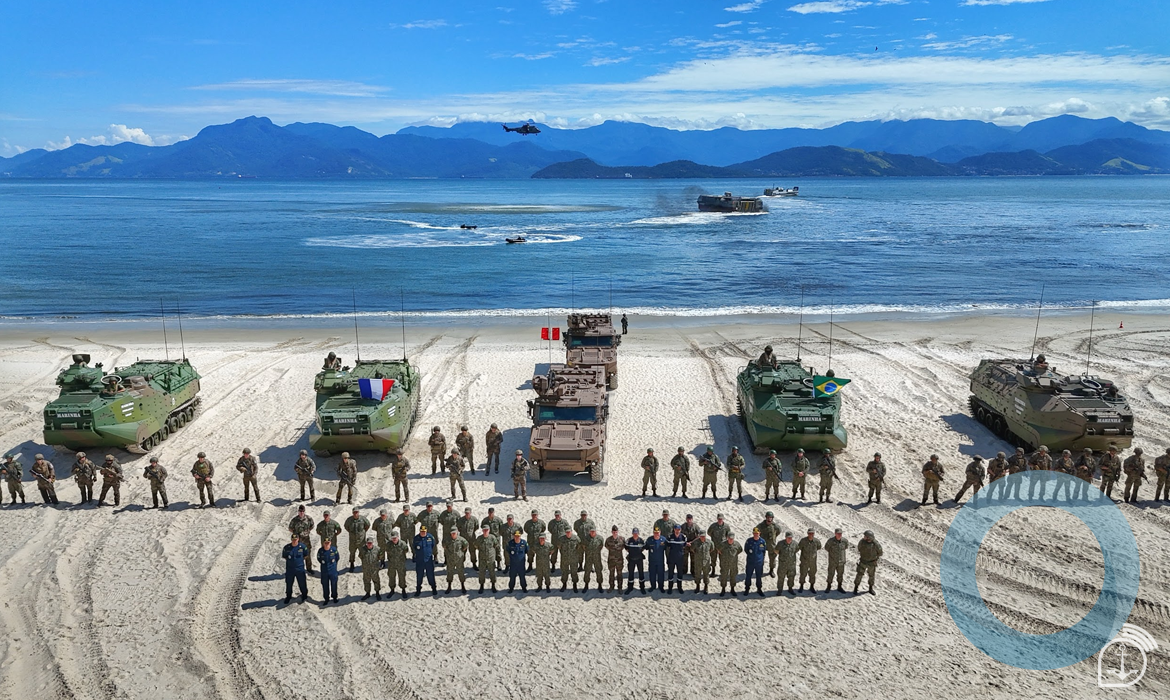Equipped with A-29 Super Tucano aircraft since 2005, the Brazilian Air Force’s (FAB, in Portuguese), First Squadron, Third Aviation Group (1º/3º GAV, in Portuguese), known as the Scorpion Squadron and headquartered at Boa Vista Air Force Base, stood out in several aerial operations.
The unit carries out air defense missions, destroys clandestine airstrips, and conducts border patrol, visual reconnaissance, and ground attack operations. In 22 years, its pilots logged more than 75,000 flight hours.
Service members deployed to Boa Vista’s Seventh Wing face difficult tasks. Brazil’s borders serve as main transit routes for drug traffickers and smugglers, while its airspace is often breached to transport illegal goods, such as drugs and weapons. “Brazil’s dry border extends across approximately17,000 kilometers.
The integrated work between FAB and intelligence agencies is essential to help us avoid the illegal entry of drugs into the country via air,” FAB Lieutenant General Ricardo Cesar Mangrich, chief of Aerospace Operation Command’s (COMAE, in Portuguese) General Staff, told Diálogo.
Real mission or simulation
FAB seeks to shield Brazil’s airspace and prevent entry to illegal aircraft involved in transnational narcotrafficking. The Seventh Wing’s mission is to protect the northern borders of the country.
As the alarm goes off at 1º/3º GAV’s hangar, pilots rush to A-29 Super Tucano aircraft. After take-off, they initiate contact with air defense controllers from the Fourth Military Air Operations Center (COpM, in Portuguese), headquartered in Manaus, Amazonas, who guide them to the target aircraft to execute the defense operation. Only when in flight are pilots informed of the nature of the mission and whether it is real or simulated.
“We carry the nation’s armed wing to corners unknown to most Brazilians. We represent the state.”
Lieutenant-Colonel Ricardo Bevilaqua Mendes, commander of the Scorpion Squadron.
Near the Guyana border, pilots reach long-range reconnaissance and covert surveillance positions—two airspace control techniques. They check the target aircraft’s data, such as serial number and model, and whether it carries weapons or sensors in case the aircraft is military.
The patrol jet then positions itself parallel and at a safe distance to the left of the suspect aircraft to establish communication with the pilot and prompt radio frequency change to 121.5—the international emergency frequency—by displaying the numbers against the cockpit’s window. The FAB pilot warns via radio that entry into the national territory was not authorized.
During the interrogation, the FAB pilot verifies origin, destination, cargo, and number of passengers, but also attempts to determine the objectives of the suspect aircraft and forwards the information to the controller. Under COMAE’s supervision, COpM analyzes the information to decide on actions against the suspect aircraft, meeting Air Defense requirements. The goal is to persuade the aircraft to follow orders from FAB’s patrol jet.
In the mission with Diálogo’s participation, a C-98B Grand Caravan, from the Seventh Air Transport Squadron, took on the role of a suspicious aircraft. The aircraft was ordered to change route for a mandatory landing in Boa Vista—two authorized control measures under Brazilian law. Patrol jets monitored the aircraft until it landed, as directed, in Boa Vista.
FAB’s A-29 Super Tucano aircraft are equipped with modern technology with excellent capacity for use and maintenance of situational awareness. Aircraft carrying out these types of missions must be refurbished frequently to keep readiness and operability at the highest level.
The Amazon and its peculiarities
Flying in the Amazon includes covering great distances with complex logistics support under an aggressive climate. Flight plans must be detailed since support airstrips are far apart. Flights over the jungle are long-range; trees can be as tall as 40 meters. In the event of an emergency landing or ejection, rescue teams would take longer to arrive and face a complex environment in which to operate.
“For a fighter pilot, serving in the Amazon is a challenge and a learning process. Due to the peculiarities of the Amazon environment, such as the distance to big cities, the often hostile environment, and logistics impaired by reduced means, pilots learn to be cautious in their decisions, without letting go of the warrior spirit that characterizes a fighter pilot,” said FAB Lieutenant Colonel Ricardo Bevilaqua Mendes, commander of the Scorpion Squadron. “We carry the nation’s armed wing to corners unknown to most Brazilians. We represent the state.”











